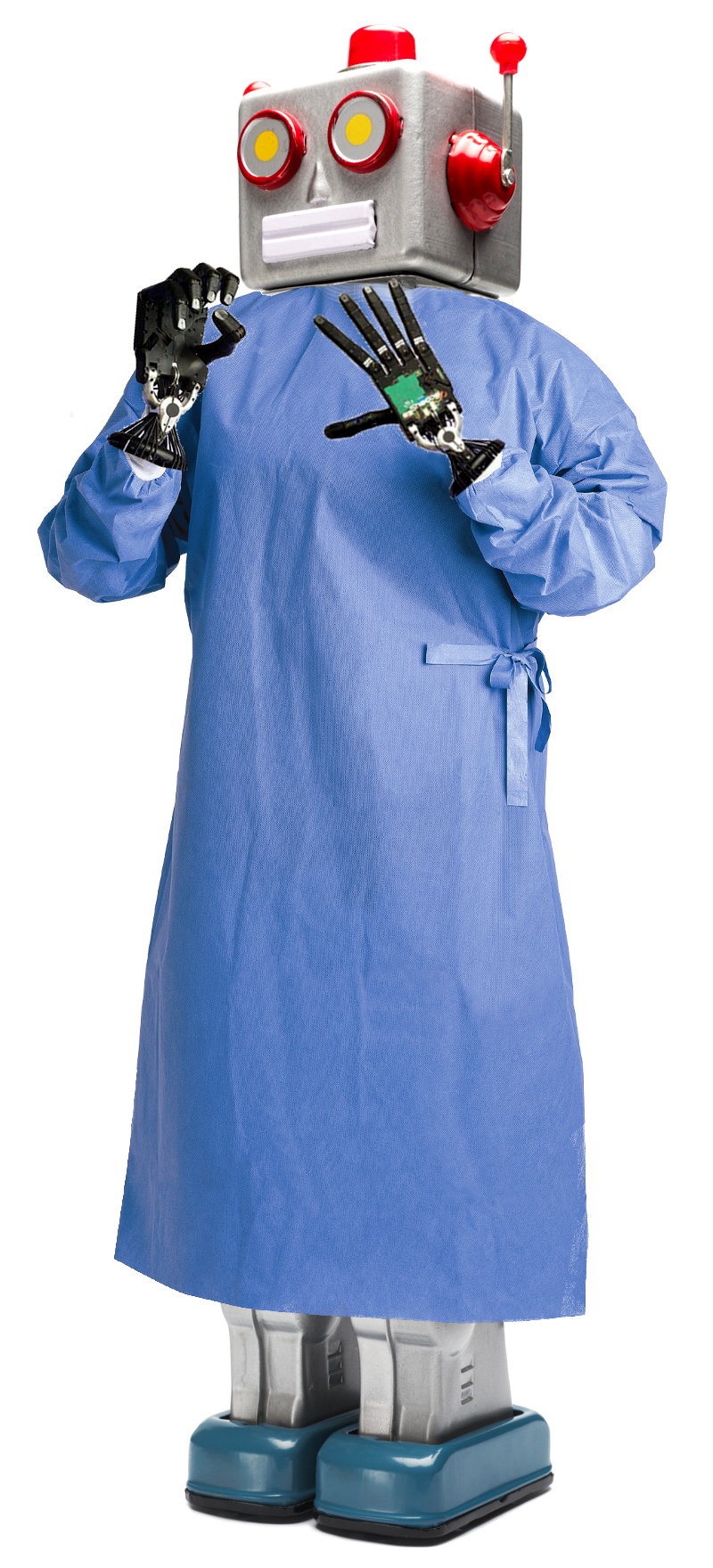Local push for health tech
 An Australian expert has outlined a vision for healthcare of the future.
An Australian expert has outlined a vision for healthcare of the future.
Professor Dian Tjondronegoro, leader of the new Digital Enterprise Lab at Southern Cross University, says next-generation healthcare will be designed using virtual reality ‘rooms’ and training performed with holographic patients and artificial intelligence.
Professor Tjondronegoro has been giving talks on machine learning and how to use it to understand patients’ data, and how to use virtual reality and augmented reality to visualise future health and wellbeing centres.
“Machine learning enables computers to think, so it can train itself to know how to analyse and interpret meaning from data; known as deep learning,” he said.
“In healthcare, some people say machines will outperform doctors in future, but I certainly wouldn’t go that far.
“Doctors make almost all of their decisions based on data, whether it’s patient history or other similar cases, so using intelligent machines that can summarise big data will assist decisions making, empowering them to perform even better.” Professor Tjondronegoro said.
Gold Coast Health's Medical Director of Innovation and Director of Critical Care Research, Dr Brent Richards agrees, believing healthcare needs to be disrupted.
“Artificial intelligence will help in every area of healthcare, from predictions of patient outcomes and personalised health care, to visual recognition systems for accessing pictures of eyes and ears and using mass recognition to help diagnose and treat conditions,” Dr Richards said.
“Voice technology will assist clinicians and patients, and natural language processing will help extract data. Robots will integrate in entire healthcare ecosystems, not just in surgery, but delivering personal assistance in homes.”
Dr Richards says artificial intelligence for healthcare is still mainly in the research space, waiting to be rolled out.
For wellness promotion, Professor Tjondronegoro said machine learning could combine data from accelerometer, heartrate and other physiological signals, to determine which exercise produces maximum benefit and enjoyment, while also tracking how a person’s health progresses over time, helping to continue motivating people to maintain the right level of exercise and physical activities.
“I want to bring virtual reality outside of goggles and to project it into a 360-degree projection room, where we can visualise the hospitals of the future using 3D models, and immersive medical training through augmented reality and holographic surroundings,” Professor Tjondronegoro said.
“I’m looking at 3D holographic where you can touch and interact with objects in front of you and creating various case scenarios where there is augmented information and data to help diagnose patients.
“Imagine in the future if healthcare professionals were able to look at a graphical summary of patient’s physiological data and medical images being mapped and overlaid on top of the actual body parts using sensor and monitoring technology; they would be able to make better decisions and more accurate diagnosis.
“The real future potential of AI will be to keep us healthy and well not just monitor us when we are sick, particularly when coupled to genetic specific biology and pharmaceutical or robotic interventions.”








 Print
Print